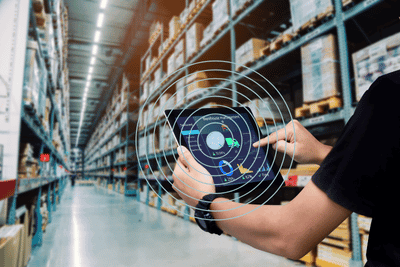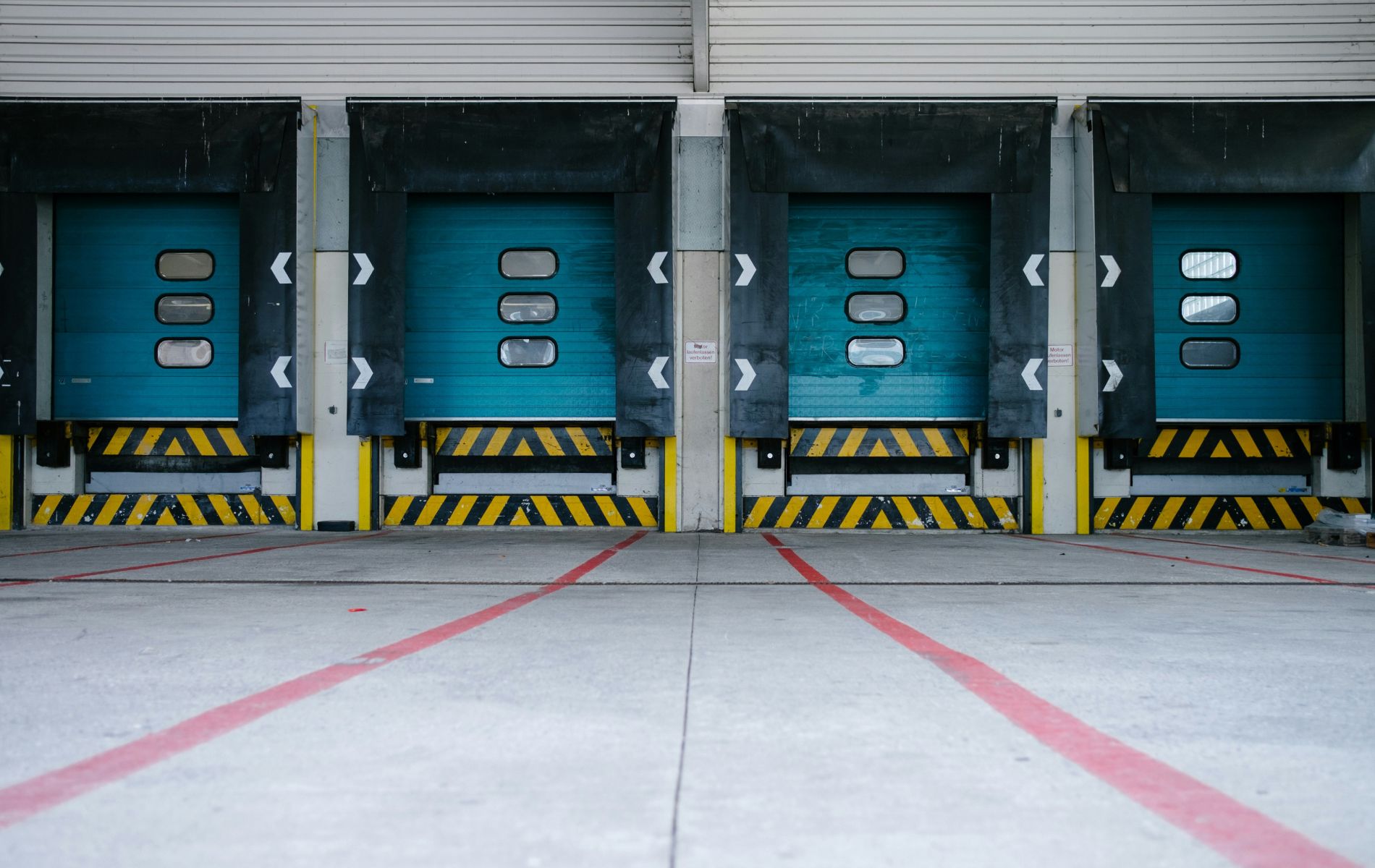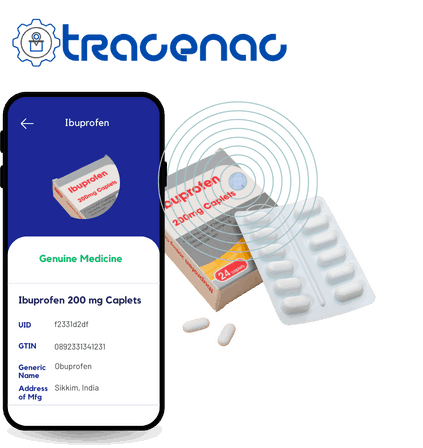
The Hidden Cost of Counterfeits
Pharma’s Growing Threat and the Need for Intelligent Traceability
How the Industry Loses Billions — and Why Smarter Tracking Could Be the Cure
- Smart QR Codes
- Intelligent Tracking
- Blockchain Enabled Data Reports

How the Industry Loses Billions — and Why Smarter Tracking Could Be the Cure
In a world increasingly reliant on global pharmaceutical supply chains, counterfeit medicines have become a multi-billion-dollar threat. According to a report by the World Health Organization (WHO), 1 in 10 medical products in low- and middle-income countries is substandard or falsified. But the issue is far from geographically isolated.
Globally, the pharmaceutical industry loses an estimated $200 billion every year to counterfeit drugs — making it the largest fraudulent market among all counterfeit sectors (Source: WHO, OECD). These losses aren’t just financial. Counterfeit medicines lead to:
Despite stringent regulatory frameworks like US FDA’s 21 CFR Part 11 and EU FMD compliance mandates, audit trails often fail in one critical area: data consistency. Manufacturers rely on:
☑️ Manual record keeping
☑️ Siloed databases
☑️ Non-standardized tracking formats
This leads to missing, manipulated, or mismatched data during regulatory audits, resulting in delays, failed inspections, or even plant shutdowns. In 2022 alone, over 35 warning letters issued by the FDA cited data integrity as a key failure point. Here’s where the cracks appear:
| # | Challenges | Impact |
|---|---|---|
| 1 | Inconsistent batch records | Regulatory non-compliance |
| 2 | Tampered or lost packaging data | Loss of traceability |
| 3 | Incomplete temperature logs | Invalid product recalls |
| 4 | Incomplete temperature logs | Invalid product recalls |

CDSCO report since 2020 have seen unabetted growth in spurious and low quality medicines in market.
Even when substandard products are detected, batch recalls become a logistical nightmare:
Take for example a recent case in India, where over 100,000 units of a hypertension drug were recalled — but due to poor serialization, only 30% could be accounted for. The rest? Disappeared into informal retail chains
Counterfeit-related consequences ripple across the ecosystem:
Counterfeits drag us down-
“Trust, once broken, takes years to rebuild. In pharma, a single counterfeit episode can undo decades of brand loyalty.”

Amidst this chaos, a quiet technological shift is underway. A new breed of intelligent, secure, and scalable traceability systems is helping pharma companies take back control of their supply chains — from factory floor to pharmacy shelf.

One such system making waves in the industry is Tracenac — a modular, blockchain-powered tracking platform built specifically for high-stakes industries like pharma. Without disrupting your current setup, it integrates with factory printers, scanners, and ERP systems, embedding intelligent QR codes that unlock:
Pharmaceutical manufacturing doesn’t need more regulation. It needs smarter systems. As industry leaders rethink their supply chain resilience, intelligent traceability systems like Tracenac are becoming indispensable tools in safeguarding not just products, but people’s lives.

Every single medicine pack is assigned a randomized, secure QR code, alongwith QR Codes for Packs, Case, Pallets, and all levels. Easily connectable with 300+ Printer types from across the globe.

Data is captured automatically at every touchpoint using QR Scans, AI enabled cameras to automate report generation, IOT and NFC enabled advanced data capturing with real time insights across the whole supply chain

Reports are generated in real-time and stored immutably, compatible with advanced reporting formats.
Even the smallest units in a carton can be traced back to the exact shift and machine that produced it
The future of pharma lies not just in drug discovery, but in trust preservation. As counterfeiters get smarter, so must the systems we deploy to beat them. Intelligent traceability, powered by blockchain and real-time data, might just be the antidote the industry desperately needs.
Track It. Trace It. Tracenac It.